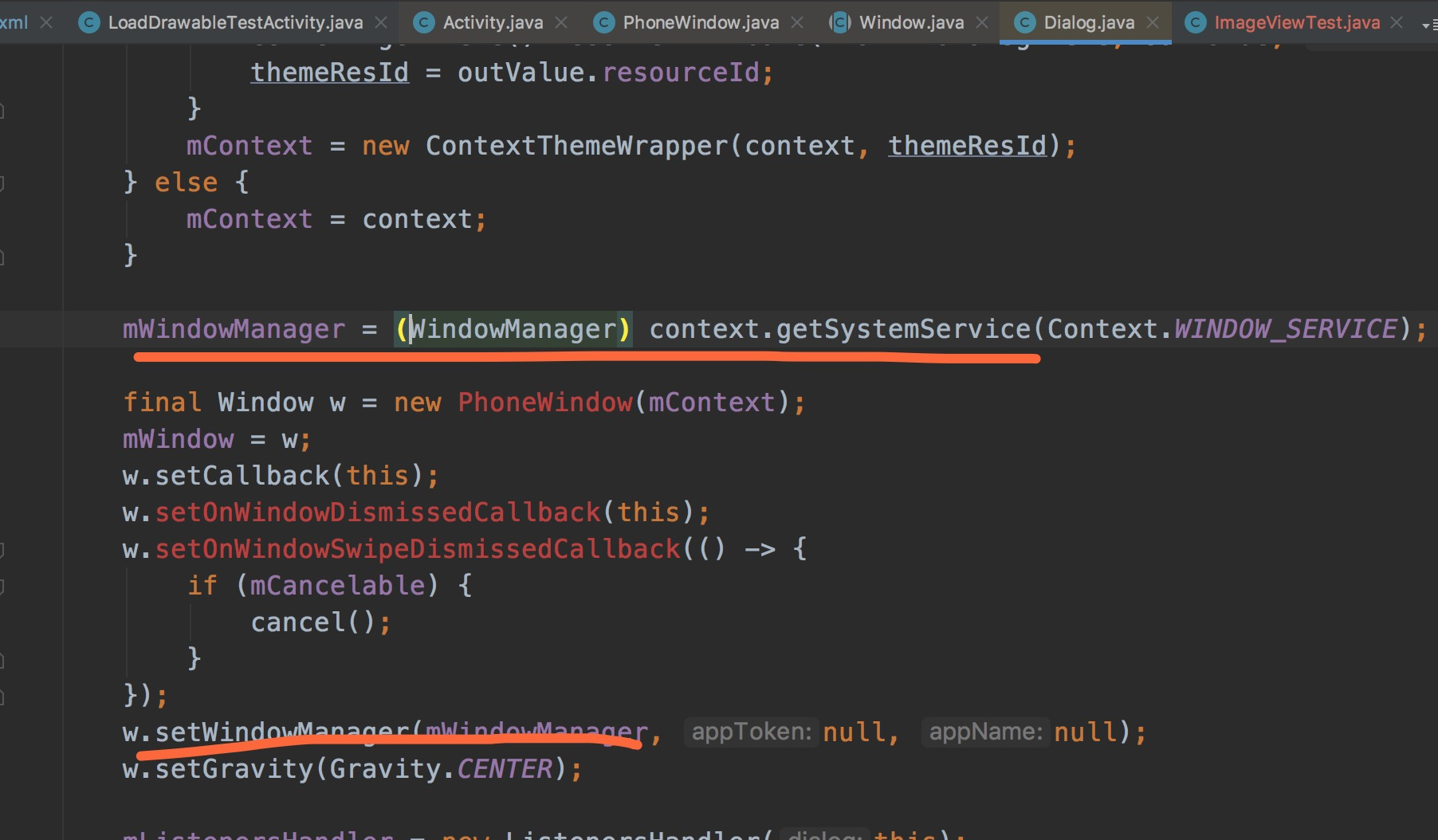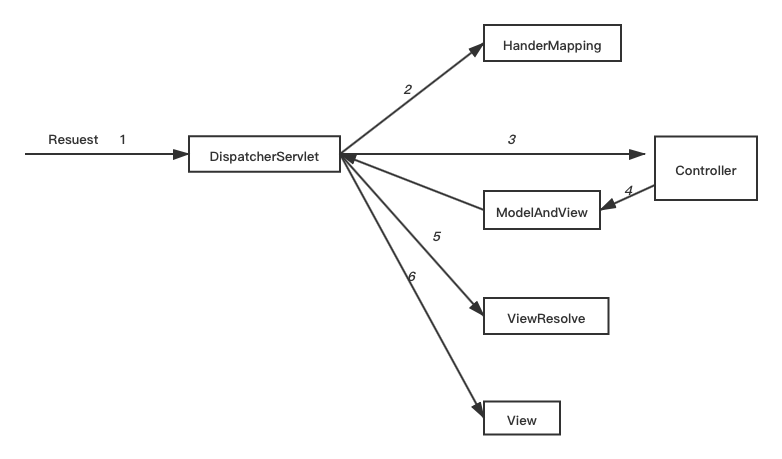I have made a javascript function to replace some words with other words in a text area, but it doesn't work. I have made this:
function wordCheck() {
var text = document.getElementById("eC").value;
var newText = text.replace(/hello/g, '<b>hello</b>');
document.getElementById("eC").innerText = newText;
}
When I alert the variable newText, the console says that the variable doesn't exist.
Can anyone help me?
Edit:
Now it replace the words, but it replaces it with <b>hello</b>, but I want to have it bold. Is there a solution?
If <textarea>, then you need to use .value property.
document.getElementById("eC").value = newText;
And, as mentioned Barmar, replace() replaces only first word. To replace all word, you need to use simple regex. Note that I removed quotes. /g means global replace.
var newText = text.replace(/hello/g, '<b>hello</b>');
But if you want to really bold your text, you need to use content editable div, not text area:
<div id="eC" contenteditable></div>
So then you need to access innerHTML:
function wordCheck() {
var text = document.getElementById("eC").innerHTML;
var newText = text.replace(/hello/g, '<b>hello</b>');
newText = newText.replace(/<b><b>/g,"<b>");//These two lines are there to prevent <b><b>hello</b></b>
newText = newText.replace(/<\/b><\/b>/g,"</b>");
document.getElementById("eC").innerHTML = newText;
}
Update:
In response to your edit, about your wanting to see the word "hello" show up in bold. The short answer to that is: it can't be done. Not in a simple textarea, at least. You're probably looking for something more like an online WYSIWYG editor, or at least a RTE (Richt Text Editor). There are a couple of them out there, like tinyMCE, for example, which is a decent WYSIWYG editor. A list of RTE's and HTML editors can be found here.
First off: As others have already pointed out: a textarea element's contents is available through its value property, not the innerText. You get the contents alright, but you're trying to update it through the wrong property: use value in both cases.
If you want to replace all occurrences of a string/word/substring, you'll have to resort to using a regular expression, using the g modifier. I'd also recommend making the matching case-insensitive, to replace "hello", "Hello" and "HELLO" all the same:
var txtArea = document.querySelector('#eC');
txtArea.value = txtArea.value.replace(/(hello)/gi, '<b>$1</b>');
As you can see: I captured the match, and used it in the replacement string, to preserve the caps the user might have used.
But wait, there's more:
What if, for some reason, the input already contains <b>Hello</b>, or contains a word containing the string "hello" like "The company is called hellonearth?" Enter conditional matches (aka lookaround assertions) and word boundaries:
txtArea.value = txtArea.value.replace(x.value.replace(/(?!>)\b(hello)\b(?!<)/gi, '<b>$1</b>');
fiddle
How it works:
(?!>): Only match the rest if it isn't preceded by a > char (be more specific, if you want to and use (?!<b>). This is called a negative look-ahead\b: a word boundary, to make sure we're not matching part of a word(hello): match and capture the string literal, provided (as explained above) it is not preceded by a > and there is a word boundary(?!<): same as above, only now we don't want to find a matching </b>, so you can replace this with the more specific (?!<\/b>)/gi: modifiers, or flags, that affect the entire pattern: g for global (meaning this pattern will be applied to the entire string, not just a single match). The i tells the regex engine the pattern is case-insensitive, ie: h matches both the upper and lowercase character.
The replacement string <b>$1</b>: when the replacement string contains $n substrings, where n is a number, they are treated as backreferences. A regex can group matches into various parts, each group has a number, starting with 1, depending on how many groups you have. We're only grouping one part of the pattern, but suppose we wrote:
'foobar hello foobar'.replace(/(hel)(lo)/g, '<b>$1-$2</b>');
The output would be "foobar <b>hel-lo</b> foobar", because we've split the match up into 2 parts, and added a dash in the replacement string.
I think I'll leave the introduction to RegExp at that... even though we've only scratched the surface, I think it's quite clear now just how powerful regex's can be. Put some time and effort into learning more about this fantastic tool, it is well worth it.





